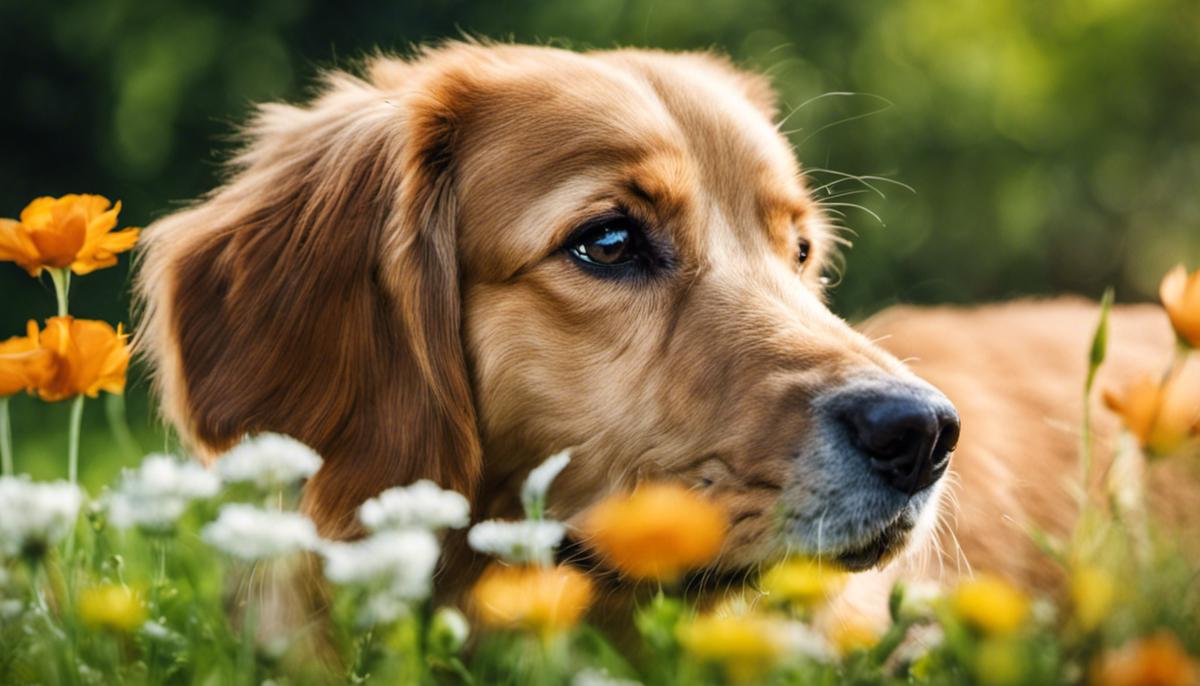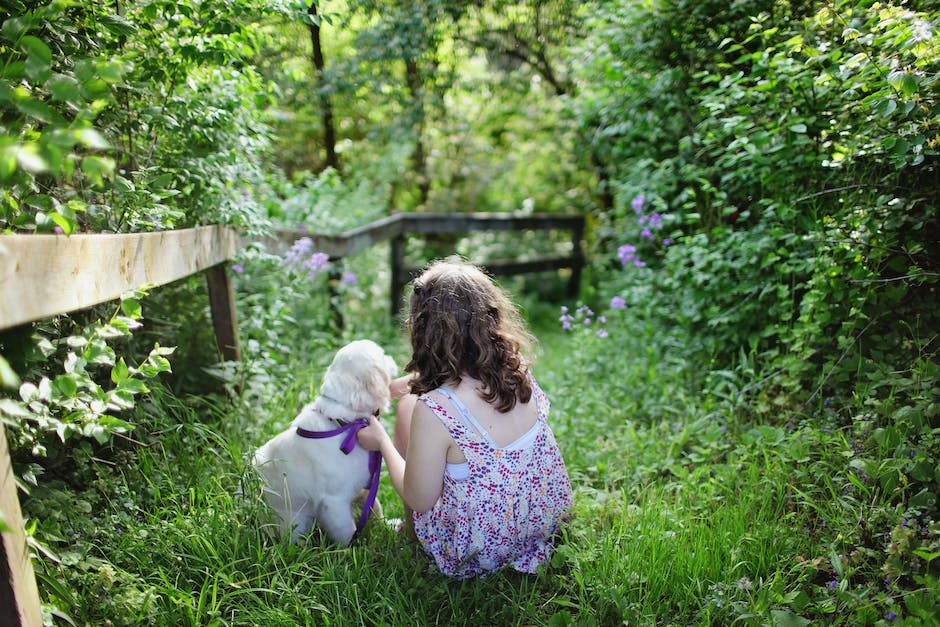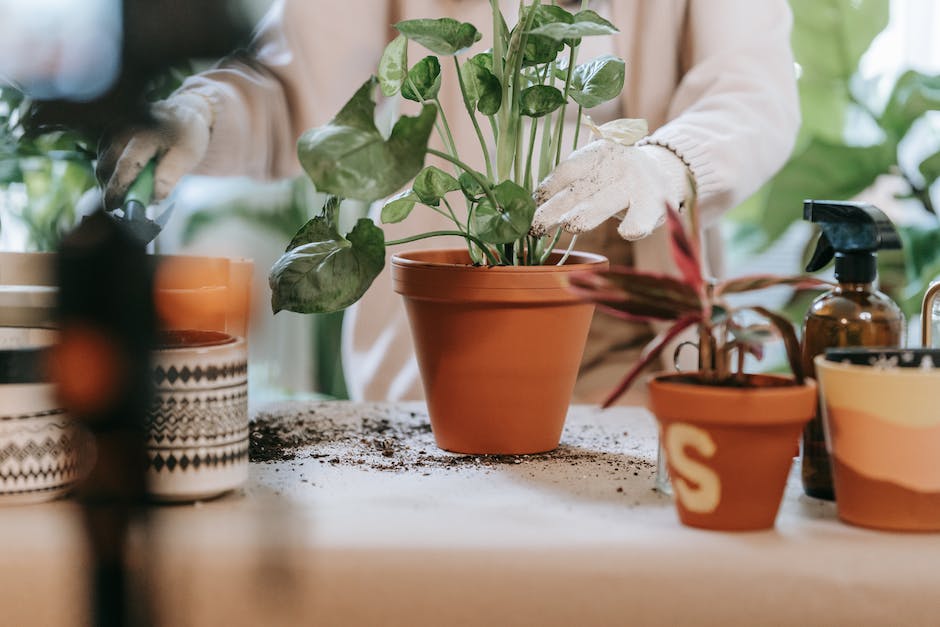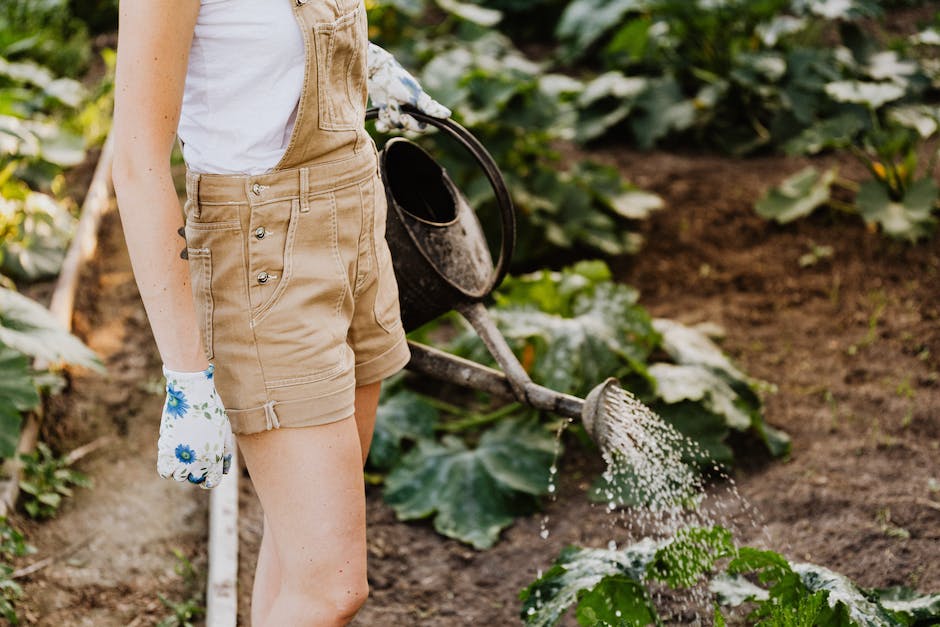How to Safeguard Your Garden from Dogs

Having a dog in your life can be a rewarding experience, filled with unconditional love, playfulness, and loyalty. However, when that playful energy is directed towards your carefully curated garden, it can be a source of frustration. Understanding your dog’s behavior is a key factor in effectively deterring them from causing damage in your garden. It’s all about knowing their natural instincts, their unending curiosity, and their attraction towards plants and green spaces. Furthermore, effective dog training techniques, involving boundary creation, command association, and reward-based training methods, are also valuable tools to discourage them from venturing into the garden. Finally, physical protective measures and careful garden layouts can also contribute greatly in safeguarding your garden from your furry friend.
Understanding Dog Behavior
Good Dog, Good Garden – Deciphering Common Canine Behaviors
When inviting a four-legged furry friend into our lives, we open our hearts to endless fun, companionship, and a few extra responsibilities. Dogs bring immense joy to a household. They can also bring challenges, especially for those families nurturing a flourishing garden. Dogs are naturally curious and, let’s face it, a bit goofy, which may lead to an unfortunate encounter between our faithful fur-friends and our beloved plants. Let’s delve into a few common canine behaviors that affect our plants and gardens, and how to navigate them for a pet-friendly green space.
- Digging Deeds: Dogs love to dig. Some breeds are even hard-wired for it. They do it out of boredom, to hide treasures like bones or toys, to cool themselves down, or just out of curiosity. Unfortunately, this behavior can wreak havoc on our gardens. Always provide plenty of physical and mental stimulation to prevent this behavior and consider assigning a ‘digging zone’ within your garden where they can dig to hearts content without affecting your prized petunias.
- Natural Fertilizers: Urine marking is another dog behavior that can distress gardens. Diluted with plenty of water, urine can be an excellent nitrogen source for plants. But in high concentrations straight from our dogs, it can lead to “burn” spots on lawns and damage plants. Training your dog to urinate in specific areas, away from plants, or providing a dog-friendly pee post can be an effective solution.
- Playful Prancing: Dogs can sometimes be a bit too exuberant, dashing around and trampling delicate plants. Try and create a designated path or open play area in your yard to protect your plants. Keeping toys and play activities towards these areas can encourage your dog to play there.
- Chewing Choices: Dogs love to use their mouths as a means of exploration, play and sometimes stress relief. This activity can become problematic when it involves chewing or biting at plants. Some plants are hazardous to dogs when ingested and can cause a variety of health issues. Therefore, always be aware of the types of plants you have in your garden and ensure they’re non-toxic for dogs.
- Foraging Mysteries: Dogs are known to eat grass on occasion, and while it generally doesn’t pose a problem, it could be problematic if they ingest harmful chemicals or fertilizers used for garden maintenance. It’s crucial to make sure any products used are safe around pets or go for organic, pet-friendly alternatives.
Understanding these typical dog behaviors and learning to work around them helps ensure a harmonious existence for both our tail-wagging companions and leafy friends. Here’s to a happy, safe, and pet-friendly garden!

Effective Dog Training Techniques
“Smart Techniques to Keep Furry Intruders Away From Your Lovely Garden”
When it comes to dogs and gardens, keeping the two apart can be quite the challenge. Squirrels and birds aren’t the only critters interested in your beautifully manicured patches of green; our canine companions often find them irresistibly enchanting too! But don’t worry, running a household with a dog doesn’t mean abandoning your gardening hobby. Here are some star-quality suggestions to protect your garden from becoming a dog’s playground.
First on the list is the “Fence Off” tactic. This can be the first line of defense against curious canines eager for some garden exploration. Using decorative fencing is a great option that not only restrains dogs but also adds an enchanting touch to enhance the curb appeal of the house. Puppy panel add-ons for existing fences could be another simple, cost-effective solution. Remember, the fence should be high enough and sturdy to discourage jumping or attempts to escape.
Next up, consider training your dog using specific garden boundaries. By demarcating a certain area as the ‘dog zone’ in the backyard or garden, dogs can enjoy their outdoor time without encroaching on your precious plants. Invest in training treats, a leash, and patience. Teach commands like “leave it” or “off”. It may take a while, but dogs are intelligent beings that can truly grasp this concept overtime.
Integrating ‘dog repellent’ plants in your garden layout is another creative method. Certain plants like rue, citrus peels, and marigolds are reputed to be less than appealing to our furry friends. Integrating these into your garden or landscaping might reduce the temptation for your dog to explore.
Providing an alternative play space can be an effective distraction. Dogs, especially energetic breeds, need ample space to unleash their energy. A designated play space equipped with their favorite toys and engage in activities like fetch, can keep them away from the garden. Setting up a sandpit for dogs that love to dig can be especially effective.
Last but not least, considering using dog-proof garden structures. Raised beds, hanging baskets, and vertical gardens can take your plants out of reach from your dog. Choosing sturdy, non-toxic plants and using materials that can withstand the odd bump or scratch, you can make your garden as dog-resistant as possible.
Remember, while these techniques can help to protect your garden, they are not intended to replace exercise, mental stimulation, and training for your dog. Our canine comrades need attention, love, and care, and by providing these, they can live harmoniously with your lovely garden.
Remember, every dog is unique. Be patient. Experiment with these tactics and find out what works best for your family. A home is meant to be shared by all its inhabitants, two-legged and four-legged, in happy co-existence!

Protective Measures and Garden Layouts
Hello, dear readers!
Creating a safe, welcoming, and dog-proof home, especially in the outdoor space, is next on our bucket list today. We’ve had our share of the not-so-pretty side of this scenario, from dogs turning our gardens into their own playground, choosing our flowers over the countless chew toys available, or developing a sudden passion for digging. So, now, it’s time to roll up our sleeves and make our outdoor spaces barkingly good and dog-proof. After all, our gardens mean as much to us as a bone does to our furry friends. So, let’s dive right in with some quick and simple tips to keep the dogs at play – but not in your garden.
Dog-Proof Barriers
In addition to fencing off certain sections of the garden, using dog-proof barriers that prevent dogs from entering your precious plants’ zone can work wonders. Gravel or rock boundaries can be an excellent deterrent as dogs generally don’t like walking on them. Mulch made of cocoa bean shells can also work; just be sure to select one that is safe for pets.
Consider Raised Garden Beds
Raised garden beds or elevated planters can be a great strategy. Not only does it give your garden a sophisticated appearance, but your greens also stay out of reach from your adventurous pet.
Clear Pathways
Creating clear and distinct pathways for your dog to walk or run in can avoid unnecessary trampling of plants. Adding stepping stones or a small gravel path could be an interesting way to guide them safely around the garden, and they will get used to these paths over time.
Install Motion-Activated Sprinklers
While a bit more on the tech-savvy side, these are a non-harmful and effective method to teach dogs a safe distance from certain garden areas. The surprising splash of water is usually enough to keep them at bay.
Leverage the Power of Scents
Certain smells can deter dogs. Sprinkle garden-safe deterrents (like citrus peels or coffee grounds) around the garden or use sprays containing non-toxic, dog-deterring essential oils.
Keep a Clean Garden
Finally, reducing places that might harbor small critters can remove a big temptation for dogs. While many dogs love to dig and explore, sealing off possible entrances or removing woodpiles can dissuade them from doing so.
Through trial and error, you’ll soon discover the best dog-proofing strategies for your garden. Keep in mind that every dog’s personality and preferences are different – so what works for one may not work for another. Patience will be your good, old friend in this journey.
So, fellow parents and pet owners, here’s to enjoying our beautiful gardens and our playful dogs – without any compromise between the two!

In the lifelong journey of pet ownership, patience and understanding are indeed virtues. A lot of factors contribute to a dog’s behavior, and it’s crucial to take them into account when implementing measures to keep them out of your garden. Training techniques, boundary reinforcement, rewarding good behavior, and creating a dog-safe garden layout are effective strategies to prevent any unwanted garden misadventures. Keep in mind, however, that every dog is different, and what works for one may not work for another. Flexibility, adaptability, and an ever-present desire to understand your four-legged companion will, undoubtedly, make for a harmonious existence alongside your blooming garden.



